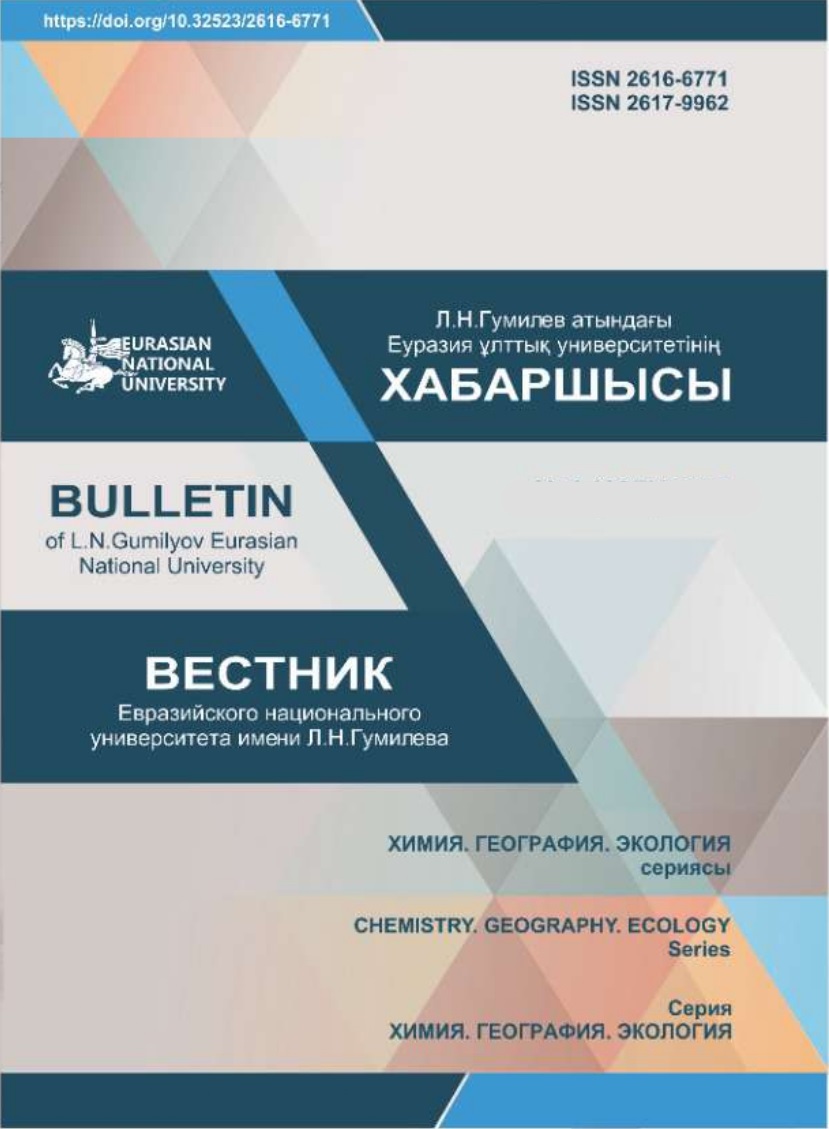Development of methods for analytical determination and extraction of cobalt(II) ions from aqueous solutions by melting organic reagents
Views: 247 / PDF downloads: 208
DOI:
https://doi.org/10.32523/2616-6771-2020-130-1-49-53Abstract
Cobalt is a relatively rare metal, and its rich deposits are now almost exhausted. The main sources of industrial
production of metallic cobalt are copper-nickel ores containing cobalt as an impurity. The processing of these ores is very
complex and involves pyro- and hydrometallurgical methods depending on the composition of the ore. The result is a solution
of cobalt and nickel chlorides containing impurities of copper(II), lead(II), bismuth(III) ions. Extraction is increasingly used to
purify cobalt from associated impurities.
Extraction methods are widely used in hydrometallurgy, the nuclear materials industry, the technology of rare metals and the
production of highly pure substances, as well as in analytical chemistry. However, despite this they have a number of drawbacks
the main one is the use of fire hazardous and toxic organic solvents; therefore, the principles of eliminating toxic components
from the process are becoming more common.
The physicochemical basis of the extraction of cobalt (II) ions was studied by a stearic acid melt.The possibilities of practical
application are considered of research results. Solid extracts of cobalt(II) were obtained with low-melting organic extractants.
They meet all the requirements of standard samples: they differ in homogeneity of distribution, in similarity of composition
with the analyzed samples and they can be used for several years








